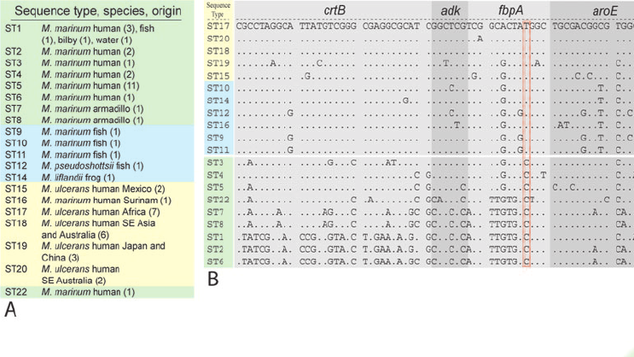Category: Misc
-

Phylogeny from multi-locus sequences aka MLSA
For one of my Ph.D. projects, I had to generate phylogeny from multi-locus sequence data. Often I have to repeat similar analyses and need to go back to the previous workflow to check what I actually did. I’m sharing the protocol here mainly to help my future self, and may be this is useful to…
-

Show Your Work
Show Your Work Sometimes we are practitioner of a field, professionals or artists do not feel easy to show our own work, the process of work, what we are learning, sharing our work with more general people. This book encourage and provide some guidelines for that, because time has been changed in this connected world.…
-

State of traffic-jam in Dhaka during political instability, 2015
The year 2015 started with acute political crisis in Bangladesh. One of the major political party, BNP, called for an endless blockage until or unless present government leading by AL leave their power and another national election get organized. As the method of political block, BNP organized terrorist ambush activities such as petrol bomb attack…
-

Review of ‘The Sweet Spot’: Why Pour Old Wine in a New Bottle?
This write-up was for a writing assignment in Coursera.com MOOC (Massive Open Online Course) , English Composition I: Achieving Expertise offerd from Duke University. There were four assignments, I submitted first two of them and later became very busy with my M.S. thesis work. The first one was a review of first chapter of the…
